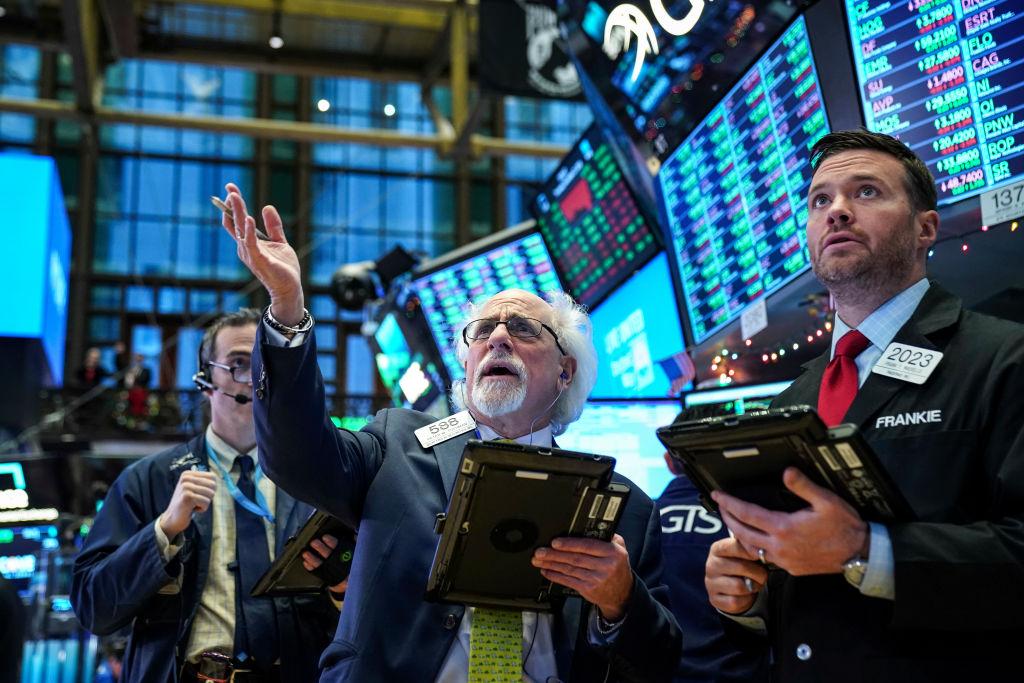Following are five big themes likely to dominate thinking of investors and traders in the coming week and the Reuters stories related to them.
Growing Pessimism
If you wanted evidence that the U.S. economy could be rolling over, the surprise miss on the Institute for Supply Management’s closely watched manufacturing index was it. Wall Street and Treasury yields slumped after the ISM index turned in its largest drop since the financial crisis in 2008, and investors now bet that the Fed is more likely to cut rates this year than raise them.But manufacturing isn’t the big weight in the U.S. economy it used to be. Services now account for roughly 80 percent of economic activity, and investors will be watching closely on Jan. 7 to see if ISM’s barometer of that key sector delivers solace or more pain. It is expected to dip modestly to a reading of 59.7 from 60.7 in November (a reading above 50 indicates activity is growing), but the risk is that it turns in a downside surprise like the manufacturing index.





